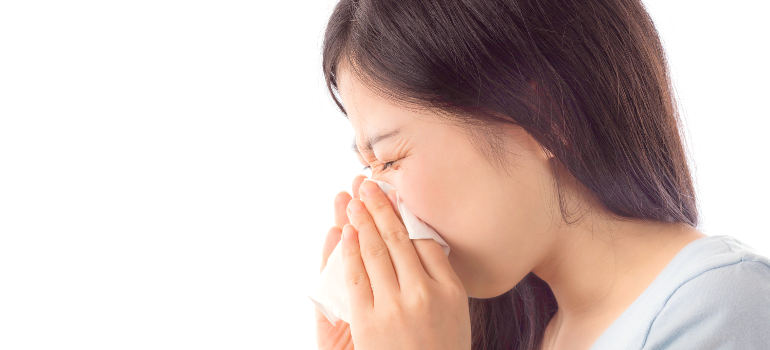
While the advent of Spring is welcomed by most people, for a significant portion of the population season change brings only dread. Bags and pockets will be filled with extra packets of tissues and allergy medicine. That’s right, hay fever season is here and with it come the usual blocked or runny noses, watery eyes, and bouts of uncontrollable sneezing.
One in five people in the UK now suffers from hay fever or seasonal allergic rhinitis for the medically minded. This means that approximately 12 million people are unable to enjoy weekend barbeques or even have a peaceful day relaxing in the garden. With this number on the rise, it is important to understand what hay fever is and what changes you can make in your garden to reduce the effects.
Table of Contents
What are hay fever and pollen?
Hay fever is an allergic disorder triggered by the pollen of trees and grass as well as some moulds The immune system of a sufferer mistakes pollen for a harmful substance and reacts to protect the body from the perceived threat. Chemicals such as histamine are released into the bloodstream leading to swelling in the eyes, nose, and throat as well as starting an, almost, endless sneezing fit.
This may be inconvenient to us when we want to enjoy the good weather after a long winter and in our day to day lives, however, this is our bodies’ way of protecting us by trying to trap and expel the invaders in our system.
So what is pollen, other than a ruiner of spring/summer moments?
Pollen is basically a plant’s reproductive cells. The high levels of protein present in pollen are what makes it such a potent allergenic.
Whether it is airborne or carried by creatures which visit plants (insects, bees, birds) it is an essential part of the pollination process allowing female plants to reproduce, pollen carried by a 3rd party is generally larger and stickier than its airborne counterpart and as such does not pose as large a risk to those with respiratory issues or hay fever.
When is pollen/hay fever season?
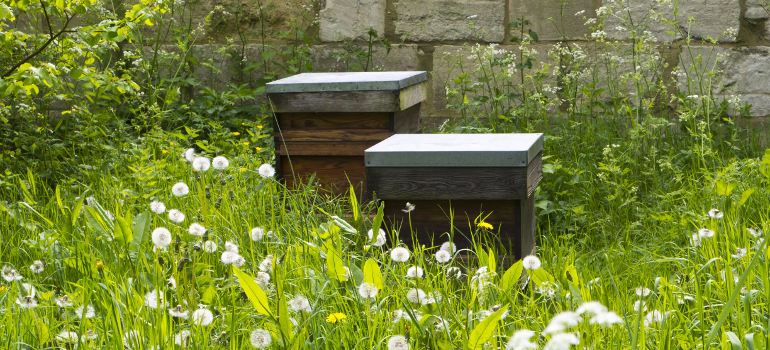
Different plants pollinate at different times of the year but hay fever season generally starts in March and can last until October. Trees will usually start releasing pollen in early spring (March – April), grasses then add to this in late spring (April – May) and weeds take the position of rear-guard with their pollen being released during the summer months (June – August).
Fungal mould spores are a little different, they prefer to send out spores when there is more moisture in the air during the later months of summer and the early months of Autumn (September – October/November).
Now that we have some of the basic information, let’s dive straight into the plants to look out for.
 Trees
Trees
- Alder – Alder trees are usually found in damp places such as riverbanks and other water sources. They can start releasing pollen as early as the end of January but the peak period begins in March.
- Ash – Characterised by their silver/brown bark, ash trees will commonly grow near places with a good source of water such as streams. These trees only flower and release pollen for 2 weeks per year in March or April.
- Birch – Recognisable by the white bark, birch trees are usually found in wooded areas, forests, and parks. With one of the most allergenic pollens, you should pay extra attention to areas with these trees from the start of March.
- Hazel – Mostly found near the edges of woods but also a favourite of parks and ornamental gardens, the flowering and pollen season starts in January and can last until April.
- Lime tree – Popular in cities, ornamental gardens and wooded walkways due to their heart-shaped leaves and robust nature. The flowering and pollen season for the lime tree is mid to late June, but with little allergenic properties, the pollen generally does not cause a reaction.
- Oak – The iconic oak tree, known and revered throughout history for its strength as well as being the quintessential image of the English village. Beware this tree in April and May as this is its peak pollen releasing period.
- Sycamore – Sycamores are a popular choice in cities due to their pollution resistant nature and pretty, maple-like leaves. The typical flowering and pollen season of the sycamore ranges from March to May.
- Willow – Willow trees can generally be found next to bodies of water, with their branches hanging gracefully to create a natural pavilion. Pollen is released in March but can still be being released as late as June, although the pollen is not particularly allergenic there is a risk of a cross-reaction if there are trees such as Birch or Alder nearby.
 Grasses
Grasses
When it comes to releasing hay fever inducing pollen, very few plants are able to match the various species of grass prevalent in the UK. Almost 95% of allergic reactions to pollen are caused by grass, especially taller species and wild, meadow grass.
The pollen season for grass is also one of the longest, starting in May and not ending until September with June/July being the peak period.
 Weeds
Weeds
- Nettle – A weed which everyone knows and every child fears, the stinging nettle. Usually found in untouched areas of gardens, waste ground and areas with high levels of nitrogen in the soil nettles pack a memorable sting and release their pollen from June – September. The good news is, the pollen is not very allergenic so at least you won’t be sneezing as you get stung!
- Sorrel, dock – Found everywhere from meadows to the coast, both sorrel and dock are common weeds/herbs with high chances of triggering an allergic reaction. The flowering and pollen season for these two plants is from April until September.
- Mugwort – Usually found growing on waste grounds as a small (up to 2 feet in height) shrub, mugwort pollen is highly allergenic and all but guaranteed to trigger a reaction. As a late bloomer, mugwort will usually start releasing pollen in late July until September.
- Rapeseed – A popular and visually stunning (imagine fields of shimmering golden yellow plants) agricultural crop, rapeseed can be a nightmare for hay fever sufferer’s as the pollen can be carried for tens of kilometres by the wind.
- Plantain – A small leafy, flowering herb with a low pollen count. The flowering and pollen season runs from May to September but is unlikely to cause a reaction unless grown in large quantities or near other plants with a high pollen count.
Allergy-friendly plants for your allergy-free garden
To create a garden that is safe for allergy sufferers, it’s important to carefully select plants that produce minimal pollen. Contrary to what some people may think, this doesn’t mean you need to compromise on beauty or variety. In fact, there are plenty of stunning plants low in allergens and perfect for any garden.
It’s also worth noting that bees, butterflies, and other insects can still pollinate these allergy-friendly plants, so you can still enjoy the benefits of having a thriving garden ecosystem without worrying about allergic reactions. These plants often have large, brightly coloured flowers that can add a pop of colour and charm to any outdoor space.
By choosing the right plants and avoiding problematic ones, you can create an allergy-free garden that is both beautiful and safe for everyone to enjoy. So why not explore some of the many allergy-free alternatives available and start planning your perfect garden today?
 Trees
Trees
Anti-allergy gardens feature trees with striking and attractive flowers are the top choice. Below are some low or no-allergenic trees recommended for these types of gardens:
- Apple
- Crabapple
- Cherry
- Pear
- Plum
- Dogwood
- Magnolia
 Shrubs
Shrubs
Incorporating shrubs into your allergy-free garden can add variety and texture. Here are some options for shrubs that are safe for those with allergies:
- Hydrangea
- Azalea
- Rhododendron
- Viburnum
- Boxwood
- Hibiscus
Flowers
Flowers are a beautiful addition to any garden, but for allergy sufferers, it’s important to choose the right types. Luckily, there are plenty of hypoallergenic and low-pollen flowers to choose from. Here are some herbaceous plants safe for allergy-free gardening:
- Daffodil
- Tulip
- Daisy
- Geranium
- Impatiens
- Iris
- Daylily
- Pansy
- Petunia
- Rose
- Sunflower
- Zinnia
Tips for an allergy-free garden
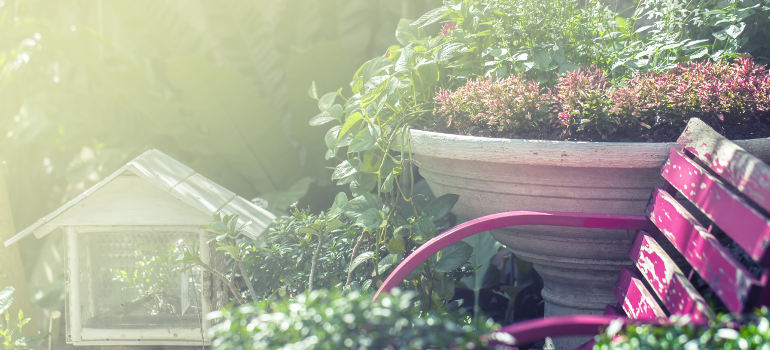
- Choose native plants. Allergy-free gardening requires selecting the right plants. One great tip is to choose native plants, as they are already well-adapted to the local climate and therefore easier to grow. In contrast, non-native plants may struggle and become stressed, which leads to more pollen release. By opting for native plants, you can ensure that your garden is beautiful and more resistant to allergens. So, whether you’re choosing low-pollen flowers, hypoallergenic shrubs, or other allergy-friendly plants, prioritise native species.
- Choose female trees. An effective strategy for minimising pollen in your garden is to choose female trees whenever possible. This may seem counterintuitive, but in reality, most pollen comes from male trees. Look for trees that are marketed as “seedless” or “fruitless” to ensure that you’re selecting a female variety. By planting female trees, you can breathe easier and reduce pollen in your garden. This is just one of many tactics you can use to create an allergy-free outdoor space that’s enjoyable for everyone.
- Don’t plant wind-pollinated plants. Stick to plants such as fuchsia and hydrangeas to add splashes of colour to your garden. As for trees, try planting crabapple, pear or cherry trees as the pollen produced is not airborne.
- Replace or maintain your lawn. As mentioned previously, the grass is the biggest culprit when it comes to hay fever inducing pollen. Consider replacing your lawn with decking, paving or artificial turf but if you want to keep the lawn make sure it is mowed regularly to stop the grass from flowering. Also, don’t mow the lawn yourself. It kicks pollen into the air. Ask a family member to handle the lawn care, or hire a gardener to do it.
- Grow a salad or winter garden. One of the best ways to avoid pollen in the garden is to grow plants which do not produce airborne pollen, consider growing a salad garden using plants such as lettuce, beetroot, and runner beans. Alternatively, build a winter garden using elegant plants such as evergreens and winter flowering cherries.
- Use brightly coloured paint, fabrics, and plant pots. Instead of planting bright, colourful flowers try adding life to your garden by painting your fences, use vibrantly coloured fabrics on garden furniture and get creative with your plant pots.
- Don’t let pollen in. If you are going to be spending time in the garden be sure to wear a hat (to protect your head from the sun AND to stop pollen hitching a ride on your hair), when you are finished in the garden brush your hair and change your clothes to reduce the chances of bringing pollen into the house.
If you’re someone who loves gardening but suffers from allergies, don’t let pollen fear keep you from pursuing your hobby. With the right planning and selection of low-allergy plants, it’s possible to create an allergy-free garden that allows you to enjoy all the benefits of gardening without sneezing and sniffling.
Need a Gardener?
Enter your postcode to view our rates and availability in your area.
For questions about the services we offer visit our main site
Do you have any hay fever survival tips you want to share? Let us know by commenting below or give us a shout on social media!
- Icons and header image are designed by Freepik at www.flaticon.com
- Shutterstock / Seeables
- Shutterstock / Namkargng Sopa

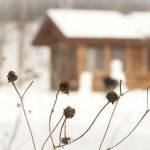
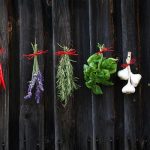

Good general advice. You should also wear a face mask and special anti-pollen glasses when outdoors. There are also times of the day and weather conditions that you should avoid going outside if you can help it.
I’ve outlined a few more things you can do in my article: https://tranquilgarden.ca/avoid-allergy-attacks/